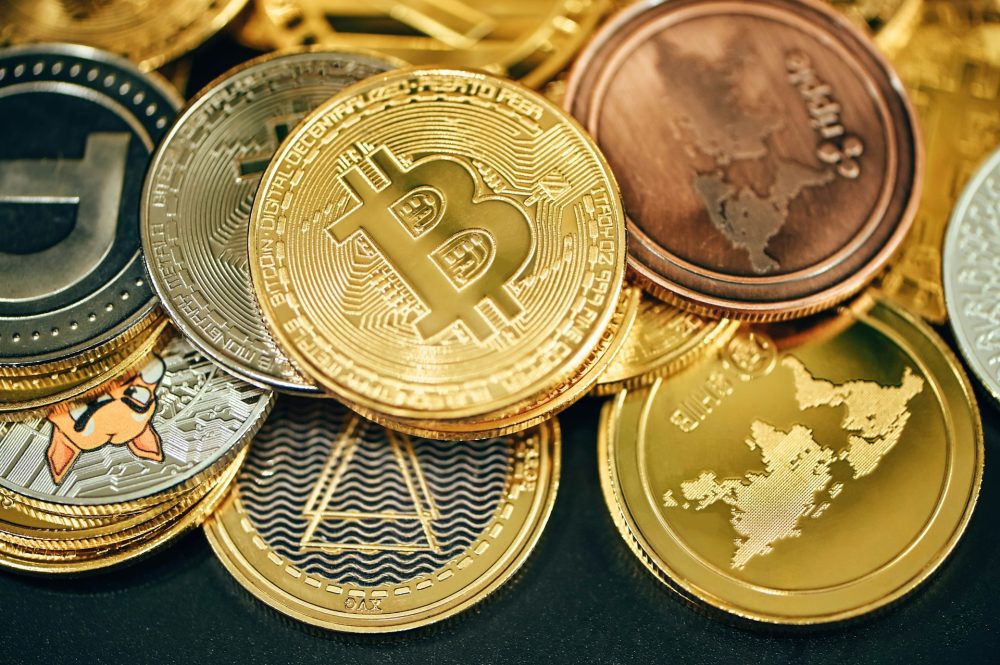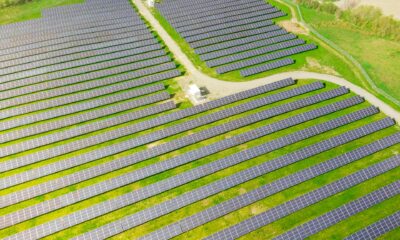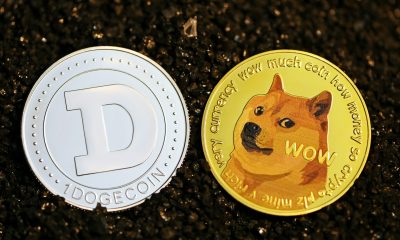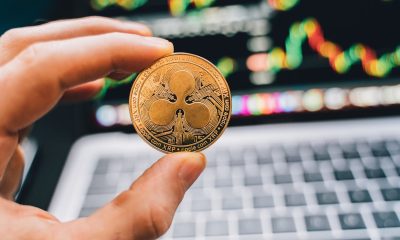Featured
Green bonds, ESG and Covid bonds in fixed income funds
New types of bonds are increasing their weight in the fixed-income markets, which will help fund managers to seek new sources of return for investors. The first to arrive in force, already for at least a couple of years, are the so-called green bonds. The coronavirus pandemic, has quickly led to the emergence of another bond market: Covid-19 bonds. The Spanish market for fixed-income funds in on the right track.

If people would be asked right now, in a planetary macro survey, what are the biggest challenges the world is facing, surely the first two would include the pandemic and climate change.In response to both, the fixed income market is being enriched with new types of products: green bonds, ESG and Covid have come to stay and to swell the portfolios of fixed income funds.
Managing fixed income funds is as complex, if not more so, than managing equity funds. Especially when, as in recent times, the manager has to deal with sub-zero official rates, solvency problems in certain sectors, whole countries or individual issuers. In addition, fund managers must be able to respond to potentially large redemption orders: if the economic downturn intensifies and extends, more and more investors will turn to their funds for liquidity to offset the decline in other sources of income.
Find out more about the fixed-income market, and the increasing importance given to green bonds, ESG and Covid-19 bonds with the born2Invest mobile app. Our compassion app brings you the latest financial headlines for you to stay informed.
The Spanish market for fixed-income funds
For now, the Spanish market is holding up well: participants continue to have confidence in the funds, as in July net inflows of money into these products were $732 million (€619 million), according to the latest figures from Inverco, which means that the accumulated redemptions so far this year are less than $1.18 billion (€1 billion). In other words, there has been no panic.
In fact – according to the data of the association of the sector – the total assets of the funds reached last month $311.7 million (€ 263.56 million), one percent more than in June. Furthermore, the average return of the funds in July was 0.6 percent, with positive returns in all categories, except in Spanish equity funds, which are weighed down by the peculiarities of the country’s still very narrow stock market.
The fact that money does not escape from the funds is good news, despite the sharp cuts in liquidations caused by the pandemic, both in stock market products and in bonds. Although some of the former have recovered more easily (especially if they are present in international stock markets and in sectors such as technology, which is once again flirting with historic highs), fixed-income funds have it more complicated. With rates as low as they are now, and which will last considerably longer than we think, it is difficult to offer a reasonable return that is not consumed by fees.
Moreover, the solvency problems of the “high yield” issuers have already led both the Bank of Spain and the CNMV to warn that the management entities must be especially vigilant about the presence of these high-risk bonds in the portfolios of their funds, however minority they may be.
Green bonds and Covid-19 bonds are now the focus of investors
In contrast, new types of bonds are increasing their weight in the fixed-income markets, which will undoubtedly help fund managers to seek new sources of return for investors. The first to arrive in force, already for at least a couple of years, are the so-called green bonds. The UN estimates that between three and five trillion dollars of investment will be needed to meet its Sustainable Development Goals by 2030. This might seem like a small amount of money, in view of all that the world has to change in order not to end up destroying the planet.
In any case, a large part of this investment is already being covered by large green bond issues or, under a more generic name, bonds launched by issuers that follow the ESG criteria: environmental, social and good corporate governance.
In addition, more and more green bonds and ESGs are getting high ratings from rating companies, so many are already in the investment grade category. In the European market alone, some estimates indicate that green bonds already exceed $141.9 billion (€120 billion), a volume that can only grow, given that it accounts for barely five percent of the total bond market.
If climate change has long encouraged green investment and ESG, the other major global problem, the coronavirus pandemic, has quickly led to the emergence of another bond market: Covid-19 bonds.
According to managers such as AXA, bond issues to finance the fight against the pandemic have already reached $118 billion (€100 billion) this year. One of the latest examples is close at hand: on May 29th, the fixed income market of the Spanish Stock Exchange and Markets (BME) admitted to trading the first bond issued by a public administration to finance the fight against Covid-19. It was a health care bond issued by the Community of Madrid, for a volume of $61.5 million (€52 million).
__
(Featured image by Alexandra_Koch via Pixabay)
DISCLAIMER: This article was written by a third party contributor and does not reflect the opinion of Born2Invest, its management, staff or its associates. Please review our disclaimer for more information.
This article may include forward-looking statements. These forward-looking statements generally are identified by the words “believe,” “project,” “estimate,” “become,” “plan,” “will,” and similar expressions. These forward-looking statements involve known and unknown risks as well as uncertainties, including those discussed in the following cautionary statements and elsewhere in this article and on this site. Although the Company may believe that its expectations are based on reasonable assumptions, the actual results that the Company may achieve may differ materially from any forward-looking statements, which reflect the opinions of the management of the Company only as of the date hereof. Additionally, please make sure to read these important disclosures.
First published in Consenso del Mercado, a third-party contributor translated and adapted the article from the original. In case of discrepancy, the original will prevail.
Although we made reasonable efforts to provide accurate translations, some parts may be incorrect. Born2Invest assumes no responsibility for errors, omissions or ambiguities in the translations provided on this website. Any person or entity relying on translated content does so at their own risk. Born2Invest is not responsible for losses caused by such reliance on the accuracy or reliability of translated information. If you wish to report an error or inaccuracy in the translation, we encourage you to contact us.

-

 Africa2 weeks ago
Africa2 weeks agoBank of Africa Launches MAD 1 Billion Perpetual Bond to Boost Capital and Drive Growth
-

 Markets2 days ago
Markets2 days agoCoffee Prices Decline Amid Rising Supply and Mixed Harvest Outlooks
-

 Crypto1 week ago
Crypto1 week agoBitcoin Recovers After U.S. Strikes Iran, While Altcoins Face Sharp Losses
-

 Africa7 days ago
Africa7 days agoMorocco’s Wheat Dependency Persists Despite Improved Harvest

























